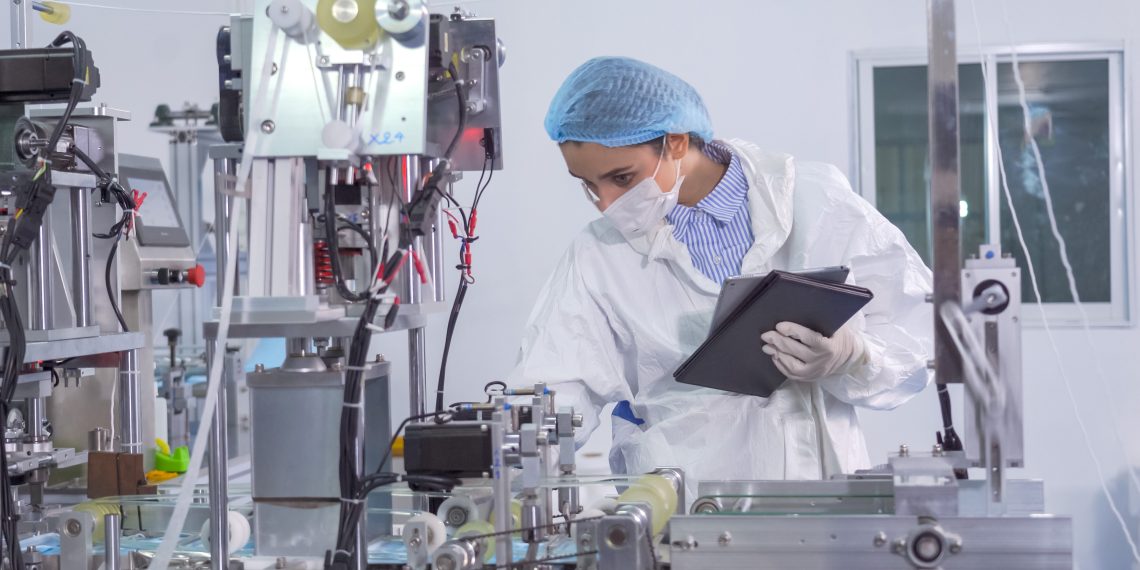Throughout 2021 and 2023, the pharmaceutical sector experienced a tale of two trajectories. While an index tracking major American pharmaceutical companies soared by a third, buoyed by the success of their flagship medications, their smaller biotech counterparts experienced a slump, with their index value declining by an equivalent margin. The downturn for these smaller entities was attributed to the combined effects of surging interest rates and the fading excitement that had surrounded medical ventures during the peak of the pandemic. Unlisted biotech startups were not immune to these challenges, facing difficulties in securing funding—evidenced by a steep decline in investment from $37 billion to a mere $17 billion within two years. The market also witnessed a reduction in initial public offerings and an increase in business failures.
Despite these hardships, industry behemoths continued to thrive into the current year. Eli Lilly and Novo Nordisk, renowned for their successful weight-loss medications, reported robust quarterly earnings on April 30th and May 2nd, respectively. Their combined market valuation had impressively escalated to $1.2 trillion from $350 billion over the span of three years. Meanwhile, there is a glimmer of hope for the biotech sector, which is showing signs of revitalization—a positive sign for stakeholders ranging from investors and patients to the broader pharmaceutical industry.
This article was inspired by a piece originally published in the Business section.









